Home>Dining>Table Decor>How To Make Valentine’s Day Floral Arrangements
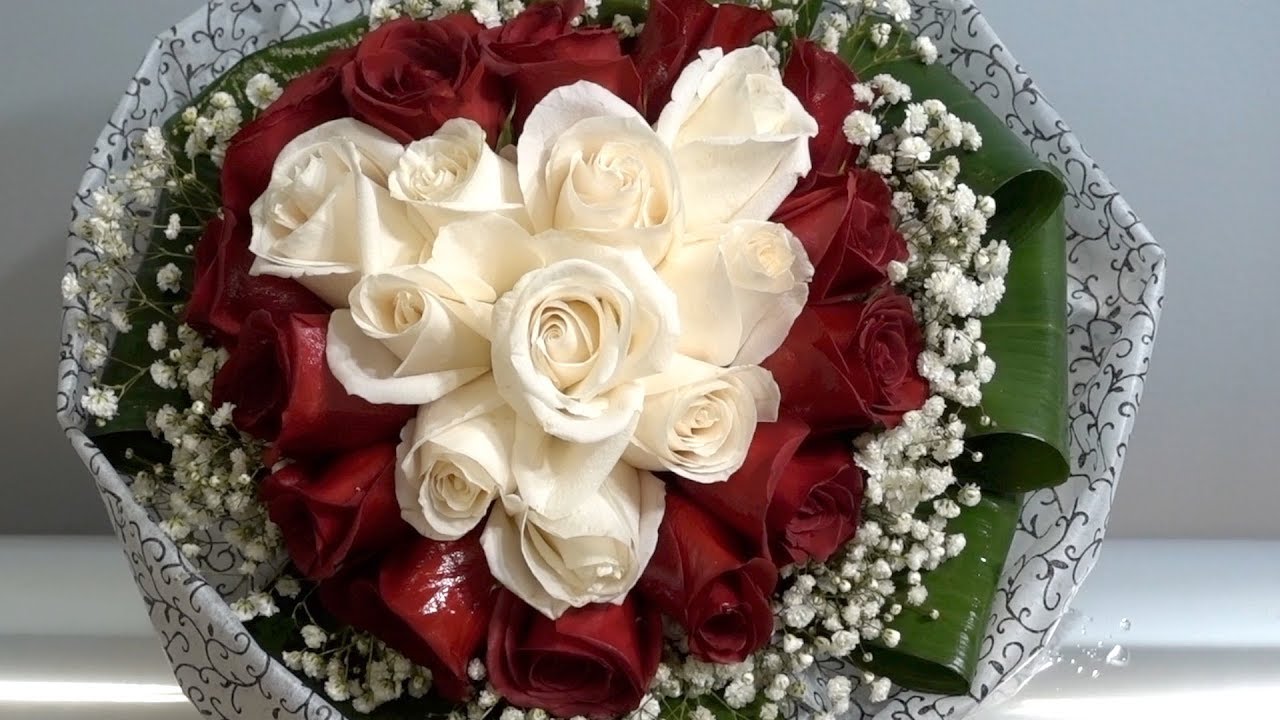

Table Decor
How To Make Valentine’s Day Floral Arrangements
Modified: August 17, 2024
Learn how to create stunning Valentine's Day floral arrangements for your table decor. Impress your loved ones with beautiful flowers on this special day.
(Many of the links in this article redirect to a specific reviewed product. Your purchase of these products through affiliate links helps to generate commission for Storables.com, at no extra cost. Learn more)
Introduction
Valentine’s Day is a special occasion to celebrate love and affection. It’s a day to express your heartfelt emotions and pamper your loved ones with thoughtful gestures. While there are various ways to show your love, one of the most timeless and beautiful ways is through the gift of flowers.
Flowers have a unique language of their own, and they can convey a range of emotions from love and passion to friendship and admiration. The art of floral arrangements is a skill that can help you create stunning displays that truly speak from the heart.
In this article, we will guide you through the process of creating breathtaking floral arrangements for Valentine’s Day. Whether you’re planning to surprise your partner, decorate your home for a romantic dinner, or gift a bouquet to a special someone, we’ll provide you with tips and tricks to make your arrangements stand out.
So, if you’re ready to unleash your creativity and bring a touch of nature’s beauty into your Valentine’s Day celebrations, let’s dive into the world of table decor and floral arrangements.
Key Takeaways:
- Valentine’s Day floral arrangements can be personalized with favorite flowers, sentimental objects, and meaningful notes to create a truly special and heartfelt gift for your loved ones.
- Caring for your Valentine’s Day floral arrangements involves changing water, removing wilting flowers, and keeping them away from direct sunlight to ensure their longevity and beauty.
Read more: How Tall To Make Floral Arrangements
Choosing the Right Flowers
When it comes to creating stunning floral arrangements, choosing the right flowers is crucial. You want to select blooms that not only symbolize love and romance but also complement each other in terms of color, texture, and shape. Here are a few popular flower choices for Valentine’s Day:
- Roses: Roses are the epitome of love and passion. Red roses symbolize deep affection, while pink roses represent gentleness and admiration. White roses signify purity and innocence. Consider mixing different colored roses to add dimension to your arrangement.
- Tulips: Tulips come in various shades, and each color carries a different meaning. Red tulips convey true love, while pink tulips represent caring and attachment. Purple tulips symbolize royalty, and white tulips symbolize forgiveness and purity.
- Lilies: Lilies symbolize beauty, purity, and devotion. Stargazer lilies, with their vibrant pink color and captivating fragrance, are a popular choice for Valentine’s Day. Oriental and Casablanca lilies are also stunning options.
- Carnations: Carnations have a long history as symbols of love. Red carnations convey deep love and admiration, while pink carnations represent maternal love and gratitude. White carnations symbolize pure love and good luck.
- Orchids: Orchids symbolize luxury, beauty, and strength. They come in a variety of colors, and each color has its own meaning. For Valentine’s Day, vibrant pink and purple orchids are popular choices.
Remember, the flowers you choose should align with the recipient’s preferences and reflect the sentiment you want to convey. Don’t be afraid to mix and match different flowers to create a truly unique and personalized arrangement.
In addition to flowers, consider incorporating foliage and greenery such as eucalyptus, ferns, or baby’s breath to add texture and depth to your arrangement. These elements can complement the flowers and make them more visually appealing.
Now that you have a good understanding of the different flower options available, let’s move on to the next step: selecting the perfect vase for your arrangement.
Selecting the Perfect Vase
Choosing the right vase plays a vital role in enhancing the beauty and impact of your floral arrangement. It’s important to consider the size, shape, and style of the vase to ensure it complements the flowers and overall decor. Here are a few tips to help you select the perfect vase:
Size: The size of the vase should be proportional to the size of your floral arrangement. A general rule of thumb is to choose a vase that is about one-third to half the height of the flowers. This allows the blooms to stand upright and creates a visually pleasing balance.
Shape: The shape of the vase can add visual interest and impact to your arrangement. For a classic and elegant look, opt for a cylindrical or trumpet-shaped vase. If you prefer a more contemporary style, choose a square or geometric-shaped vase. Experiment with different shapes to find the one that complements your flowers and personal taste.
Material: Vases can be made of various materials, including glass, ceramic, metal, or even unconventional materials like wood or pottery. Glass vases are a popular choice as they allow the beauty of the flowers to shine through. Ceramic and metal vases can add a touch of elegance and sophistication to your arrangement. Consider the overall theme and style you want to achieve and choose a material that aligns with it.
Color: The color of the vase can either complement or contrast with your flowers. For a cohesive look, choose a vase color that matches the dominant color of your arrangement. If you want to create a more vibrant and eye-catching display, opt for a vase that contrasts with the flower colors. Clear or neutral-colored vases are versatile options that work well with any floral arrangement.
Style: Consider the overall style and theme of your Valentine’s Day celebration when selecting a vase. A vintage-style vase with intricate details can add a romantic touch to your arrangement, while a minimalist and sleek vase can create a modern and chic look. The style of the vase should harmonize with the overall aesthetic you want to create.
Now that you have an understanding of how to choose the perfect vase, let’s move on to the essential tools and materials you need to create beautiful floral arrangements.
Essential Tools and Materials
Creating stunning floral arrangements requires the right tools and materials to ensure a seamless and professional result. Here are some essential items you’ll need:
- Floral Clippers or Scissors: A good pair of floral clippers or sharp scissors is essential for cutting stems cleanly and easily. Look for clippers with a comfortable grip and sharp blades to ensure precise cuts.
- Floral Foam: Floral foam provides a stable base for your arrangement and helps extend the lifespan of the flowers by providing water and nutrients. Choose a high-quality floral foam that is suitable for both fresh and dried flowers.
- Waterproof Tape: Waterproof tape helps secure the floral foam in the vase and prevents water from leaking. It provides additional stability to your arrangement and keeps everything in place.
- Floral Wire: Floral wire is useful for creating shape and structure in your arrangement. It can be used to reinforce weak stems, create loops for hanging arrangements, or secure delicate flowers in place.
- Green Floral Tape: Green floral tape is used to camouflage the stems and create a more polished and cohesive look. It can be wrapped around the stems or used to secure foliage or decorative elements to the arrangement.
- Ribbon or Twine: Ribbon or twine adds a decorative touch to your arrangement. It can be used to tie a bow around the vase, create loops for hanging arrangements, or wrap around stems to create a cohesive look.
- Optional Decorative Elements: Depending on your preference and the style of your arrangement, you may want to consider adding decorative elements such as feathers, beads, pearls, or dried branches. These elements can add texture, visual interest, and personalization to your floral masterpiece.
Having these tools and materials on hand will make the process of creating your Valentine’s Day floral arrangements much easier and more enjoyable. Now let’s explore the different types of floral arrangements you can create for this special occasion.
Types of Floral Arrangements
When it comes to floral arrangements, there are several different styles and designs to choose from. Each type offers its own unique aesthetic and can suit different occasions or settings. Here are some popular types of floral arrangements you can consider for Valentine’s Day:
- Classic Bouquet: The classic bouquet is a timeless arrangement where flowers are clustered together in a round or cascading shape. It’s perfect for gifting and can be made with a single type of flower or a combination of different blooms. Consider wrapping the bouquet in a beautiful ribbon for an elegant touch.
- Romantic Centerpiece: A romantic centerpiece adds a touch of beauty to your Valentine’s Day dinner or any special occasion. The centerpiece can be created in a low vase and adorned with a mix of flowers and greenery. Alternatively, you can create a taller arrangement with candles for a more dramatic ambiance.
- Hand-Tied Bouquet: The hand-tied bouquet is a more casual and organic style of arrangement. It gives the impression that the flowers have been gathered from a garden and tied together with a ribbon or twine. This type of bouquet is perfect for a rustic or bohemian-themed celebration.
- Flower Crown: Flower crowns are not only popular for weddings but also make a delightful accessory for Valentine’s Day. Using smaller blooms like daisies, baby’s breath, or roses, you can create a whimsical and romantic flower crown that adds a touch of enchantment to any outfit.
- Long-Stemmed Roses: For a classic and elegant look, consider arranging long-stemmed roses in a tall vase. This type of arrangement allows the beauty and grace of the roses to be fully admired. Add some foliage, such as eucalyptus leaves, to create a lush and sophisticated display.
These are just a few examples of the many floral arrangement styles you can create for Valentine’s Day. Feel free to mix and match elements from different styles to create a unique and personalized arrangement that suits your taste and the occasion.
Now that you have an idea of the types of floral arrangements, let’s move on to the step-by-step process of creating a classic bouquet.
Read more: How To Make Pumpkin Floral Arrangements
Creating a Classic Bouquet
A classic bouquet is a timeless and elegant floral arrangement that is perfect for gifting or as a centerpiece. Follow these steps to create your own stunning classic bouquet:
- Gather Your Materials: Collect all the necessary materials including flowers, foliage, floral clippers, floral tape, ribbon or twine, and a vase.
- Prepare the Flowers: Trim the stems of your flowers at an angle, removing any excess foliage or thorns. Place the flowers in water to keep them fresh while you work on the arrangement.
- Create a Base: Start by selecting a few sturdy flowers with longer stems as a base for your arrangement. These will provide structure and support for the rest of the flowers. Crisscross the stems in your hand and secure them with floral tape, creating a tight and secure base.
- Add Foliage: Begin adding foliage, such as eucalyptus leaves or ferns, around the base of your arrangement. This adds depth and texture to the bouquet. Vary the height and angle of the foliage to create a natural and organic look. Secure the foliage with floral tape as needed.
- Layer the Flowers: Start adding flowers to your arrangement, layering them on top of the base and foliage. Begin with larger blooms in the center and place smaller flowers towards the outer edges. This creates a visually appealing composition. Allow the flowers to slightly overlap for a cohesive look.
- Fill in the Gaps: As you add flowers, pay attention to any gaps or empty spaces in the arrangement. Fill these gaps with smaller flowers or foliage to ensure a full and balanced look.
- Secure the Bouquet: Once you are satisfied with the arrangement, secure it with floral tape or a ribbon. Wrap the tape or ribbon tightly around the stems, about an inch below the flower heads. Tie a bow with the ribbon for a finishing touch.
- Trim the Stems: Trim the stems of the bouquet to your desired length. Cut them at an angle to allow for better water absorption. The length of the stems will depend on the size of your vase or the desired look of your bouquet.
- Place in a Vase: Fill a vase with clean water and place your classic bouquet in it. Adjust the flowers and foliage as needed to ensure they are evenly spread out and displayed to their best advantage.
With these steps, you can create a stunning classic bouquet that will surely impress your loved one or serve as a beautiful centerpiece for a special occasion. Remember to choose flowers that have a special meaning for the recipient, and have fun expressing your creativity through the arrangement.
Next, let’s explore how to design a romantic centerpiece for Valentine’s Day.
Designing a Romantic Centerpiece
A romantic centerpiece can set the mood and create a captivating atmosphere for your Valentine’s Day celebrations. Follow these steps to design a beautiful and romantic centerpiece:
- Select the Right Vase: Choose a vase that suits the style and theme you want to achieve. Opt for a low and wide vase for a more intimate and romantic feel. A clear glass vase allows the beauty of the flowers to shine through, but you can also select a colored or textured vase to add a touch of uniqueness.
- Prepare the Vase: Fill the vase with clean water and add floral preservative to extend the lifespan of the flowers. Cut floral foam to fit the dimensions of the vase, ensuring it sits securely and is in contact with the water.
- Choose the Flowers: Select flowers that evoke romance and passion. Roses in various shades of red or pink are classic choices, but you can also incorporate other blooms like tulips, lilies, or carnations. Consider using a mix of different flowers to add texture and visual interest.
- Add Greens and Foliage: Begin by adding greenery or foliage to create a lush and romantic base for your centerpiece. Use foliage like eucalyptus, ivy, or ferns to provide a backdrop for your flowers and add a touch of natural charm.
- Layer the Flowers: Start layering your chosen flowers on top of the greenery. Begin with the larger blooms like roses, placing them towards the center of the arrangement. Gradually work your way outwards, adding smaller flowers and filler blooms to create depth and dimension.
- Consider Height: To add visual interest to your centerpiece, incorporate flowers with varying heights. Long-stemmed roses or tulips can be placed towards the center, while shorter flowers or blooms with cascading tendrils can be positioned towards the edges.
- Fill in the Gaps: Once you’ve placed the main flowers, fill in any gaps or empty spaces with smaller blooms or foliage. These filler elements add texture and ensure a full and balanced arrangement.
- Add Romantic Accents: Consider adding romantic accents to enhance the overall look of your centerpiece. This can include elements like candles, crystal beads, or scattered rose petals around the base to create a more romantic and enchanting atmosphere.
- Review and Adjust: Step back and review your centerpiece. Ensure that the flowers are evenly distributed and arranged to your liking. Make any necessary adjustments before displaying it in the desired location.
A well-designed romantic centerpiece can become the focal point of your Valentine’s Day celebration, adding charm and elegance to the ambiance. Remember to keep the arrangement in a cool location away from direct sunlight and regularly change the water to keep it looking fresh for as long as possible.
Next, let’s explore how to create a hand-tied bouquet, a perfect option for a more casual and relaxed Valentine’s Day gift.
When making Valentine’s Day floral arrangements, choose flowers in shades of red, pink, and white for a romantic touch. Roses, tulips, and lilies are popular choices for this special occasion.
Making a Hand-Tied Bouquet
A hand-tied bouquet is a beautiful and charming option for Valentine’s Day. It gives the impression of a freshly gathered bunch of flowers, effortlessly tied together. Follow these steps to create your own hand-tied bouquet:
- Choose Your Flowers: Select a variety of flowers that you love or that have special meaning for the recipient. Consider using blooms like roses, daisies, baby’s breath, or tulips. Choose flowers in different colors to create a visually appealing bouquet.
- Prepare the Flowers: Remove any excess foliage or thorns from the stems. Trim the stems at an angle to allow for better hydration. Fill a bucket or container with fresh water to keep the flowers hydrated as you work.
- Create the Base: Select a few larger and sturdier flowers to form the base of your bouquet. Hold them together loosely in your hand, allowing the stems to crisscross naturally.
- Build the Bouquet: Gradually add more flowers to the arrangement, alternating between different varieties and colors. Rotate the bouquet in your hand as you go to create a balanced and symmetrical composition.
- Add Foliage: Intersperse foliage, such as eucalyptus leaves or ferns, throughout the bouquet. This adds texture and depth to the arrangement. Place the foliage strategically, ensuring it complements the flowers without overpowering them.
- Secure the Bouquet: Once you’re satisfied with the arrangement, use floral wire or a rubber band to secure the stems. Wrap the wire or band tightly around the stems, just below the flower heads.
- Trim the Stems: Trim the stems of the bouquet to your desired length. Cut them at an angle to facilitate water absorption. The length will depend on the size and shape you want for your bouquet.
- Wrap the Stems: To complete the hand-tied look, wrap the stems with a ribbon, twine, or floral tape. Start at the base of the flowers, securing the wrapping material tightly as you go. Tie a bow or knot at the end to finish.
- Mist the Bouquet: Gently mist the bouquet with water to keep the flowers hydrated and fresh. This is especially important if you aren’t placing the bouquet in water immediately.
A hand-tied bouquet exudes a natural and effortless charm, making it a perfect choice for a relaxed and casual Valentine’s Day gift. Remember to keep the bouquet hydrated and avoid exposure to direct sunlight or extreme temperatures.
Next, let’s explore how to make a beautiful flower crown, a whimsical and romantic accessory for Valentine’s Day.
Crafting a Flower Crown
A flower crown is a whimsical and romantic accessory that adds a touch of enchantment to any Valentine’s Day celebration. Whether you’re planning a romantic picnic or surprising your loved one with a special date, follow these steps to create a beautiful flower crown:
- Gather Your Materials: Collect the necessary materials, including an assortment of fresh flowers, floral wire, floral tape, wire cutters, and ribbon or twine.
- Prep the Flowers: Prepare the flowers by removing any excess foliage or thorns. Trim the stems to a length of about 2-3 inches.
- Measure Your Head: Use a measuring tape to measure the circumference of your head. Add a few extra inches to ensure a comfortable fit and room for adjustments.
- Create the Base: Cut a piece of floral wire that matches the measured length. Shape it into a circle, overlapping the ends to secure. Use floral tape to wrap and reinforce the ends.
- Add Flowers: Select a flower and trim its stem to about 1 inch. Insert the stem into the base of the crown, positioning it firmly against the wire. Secure in place by wrapping floral tape around the stem and wire.
- Continue Adding Flowers: Repeat the previous step, adding flowers one by one around the crown. Alternate between different varieties and colors to create a visually pleasing arrangement. Keep pushing the stems against the wire and securing them with floral tape.
- Add Foliage: Intersperse foliage, such as small leaves or sprigs of greenery, along with the flowers. This will add texture and depth to the crown. Secure the foliage in place using floral tape.
- Review and Adjust: Once you’ve added all the flowers and foliage, step back and review your flower crown. Make any necessary adjustments, ensuring that the flowers are evenly distributed and the crown fits comfortably on your head.
- Add Ribbon or Twine: To finish the flower crown, cut a piece of ribbon or twine and tie it securely to both ends of the wire base. You can let the ribbon hang down or tie it into a bow for an extra touch of charm.
Once your flower crown is complete, gently place it on your head and adjust it as needed. It’s a whimsical and romantic accessory that will add a touch of magic to your Valentine’s Day celebration. Consider creating flower crowns for your partner or friends as well, for a truly enchanting and memorable experience.
Now that you’re familiar with crafting a flower crown, let’s explore the art of arranging long-stemmed roses for a classic and elegant Valentine’s Day display.
Read more: How To Make Contemporary Floral Arrangements
Arranging Long-Stemmed Roses
Long-stemmed roses are classic and elegant flowers that are synonymous with love and romance. Arranging them in a beautiful display can create a stunning centerpiece or a thoughtful gift for Valentine’s Day. Follow these steps to arrange long-stemmed roses:
- Gather Your Materials: Collect long-stemmed roses, a tall and sturdy vase, floral clippers, water, and floral preservative. Ensure your vase is clean to prevent bacteria growth.
- Prepare the Roses: Remove any thorns or excess foliage from the stems using floral clippers. Cut the stems at a 45-degree angle to facilitate water absorption.
- Fill the Vase: Fill the vase with clean water and add floral preservative according to the package instructions. The preservative will help keep the roses fresh and vibrant for longer.
- Create a Base: Start by placing a few roses in the center of the vase, allowing them to fan out naturally. These roses will form the base of your arrangement and set the overall shape.
- Add Roses Gradually: Begin adding roses one by one, working your way around the base roses. Angle each stem slightly outward to create a rounded and symmetrical appearance. Keep adjusting and positioning the roses as needed.
- Vary the Heights: To create visual interest, vary the heights of the roses in your arrangement. Cut some stems slightly shorter to introduce layers and depth. This will add dimension and a more natural look to the display.
- Fill in the Gaps: As you add roses, observe any gaps or empty spaces in the arrangement. Use additional roses or foliage to fill in these gaps, ensuring the arrangement looks full and balanced.
- Review and Adjust: Step back and review your arrangement from different angles. Make any necessary adjustments to ensure the roses are evenly placed and the display is visually appealing.
- Display and Care: Find a prominent location to display your long-stemmed rose arrangement. Keep it away from direct sunlight, drafts, and heat sources. Regularly change the water and trim the stems every few days to prolong the roses’ freshness.
An arrangement of long-stemmed roses creates an undeniably classic and romantic ambiance for your Valentine’s Day celebrations. The beauty of the roses, combined with a well-thought-out arrangement, will leave a lasting impression on your loved one or the recipient of this thoughtful gift.
Now that you know how to arrange long-stemmed roses, let’s move on to the final section on adding personal touches to make your Valentine’s Day floral arrangements even more special.
Adding Personal Touches
While creating beautiful floral arrangements for Valentine’s Day is a wonderful gesture, adding personal touches can make them even more special and meaningful. Here are a few ideas to personalize your arrangements:
- Include Their Favorite Flowers: Consider incorporating your loved one’s favorite flowers into the arrangement. Knowing that you took the time to choose their preferred blooms will show how much you care.
- Add a Meaningful Note: Attach a handwritten note or card expressing your love and appreciation. Share heartfelt sentiments or a personal message that will touch their heart. It’s a beautiful way to add an extra layer of emotion to the gift.
- Incorporate Sentimental Objects: Include small sentimental objects that hold significance for both of you. It could be a keepsake, a photo, or a meaningful trinket that represents a shared memory or inside joke. These objects will add an extra layer of nostalgia and personal connection to the arrangement.
- Create a Floral Signature: Consider creating a unique floral signature by incorporating a specific flower, color, or element that represents your relationship. It could be using a specific type of flower that holds special meaning to both of you or incorporating a specific color scheme that reminds you of cherished memories.
- Add Fragrant Flowers: Opt for flowers that have a delightful fragrance such as roses, lilies, or hyacinths. The beautiful aroma will create a sensory experience that will enhance the overall impact of your floral arrangements.
- Personalize the Vase: Decorate the vase with customized elements like ribbons, charms, or stickers that reflect your loved one’s personality or interests. It’s a small yet impactful detail that shows you put thought and effort into the arrangement.
- Consider the Presentation: The way you present the floral arrangements can make a difference. Use a beautiful wrapping paper or fabric to wrap the bouquet and tie it with a satin ribbon. Consider adding a spritz of their favorite perfume to the arrangement for an extra dose of personalization.
Adding personal touches to your Valentine’s Day floral arrangements will make them unique and unforgettable. These thoughtful details demonstrate your thoughtfulness and love, making the gift even more cherished and meaningful.
Remember, the most important aspect of adding personal touches is to consider the recipient’s preferences, interests, and the significance behind the chosen elements. By doing so, you’ll create an arrangement that truly speaks to their heart.
With these ideas in mind, you’re now equipped to create personalized and stunning floral arrangements for Valentine’s Day. Enjoy the process of getting creative and expressing your love through the beauty of flowers!
Happy Valentine’s Day!
Caring for Your Valentine’s Day Arrangements
Once you’ve created your beautiful Valentine’s Day floral arrangements, it’s essential to take proper care of them to ensure they stay fresh and vibrant for as long as possible. Here are some tips for caring for your arrangements:
- Change the Water: Regularly change the water in the vase every two to three days. This helps prevent bacteria growth and keeps the flowers hydrated. Before changing the water, trim the stems at an angle to allow for better water absorption.
- Remove Wilting Flowers: As flowers begin to wilt or fade, remove them from the arrangement. This prevents the ethylene gas released by decaying flowers from affecting the other blooms.
- Keep Away from Direct Sunlight: Place the arrangements in a cool area away from direct sunlight, drafts, and heat sources. Exposure to direct sunlight can cause the flowers to wilt prematurely.
- Mist the Flowers: Gently mist the flowers with clean water to keep them hydrated and fresh. Be careful not to spray the blooms too heavily, as excessive moisture can cause damage.
- Trim the Stems: Every few days, trim the stems of the flowers by about an inch. Cut them at an angle to facilitate water absorption. This allows the flowers to continue receiving water and nutrients effectively.
- Avoid Fruits and Vegetables: Keep the floral arrangements away from fruits and vegetables, as they release ethylene gas, which can accelerate the aging process of the flowers.
- Use Flower Food: If provided with your floral arrangement or available separately, use flower food according to the instructions. Flower food contains nutrients and additives that can help extend the life of the flowers.
- Handle with Care: When moving or arranging the flowers, handle them gently to avoid damaging the delicate petals or stems. Be cautious not to crush or bruise the blooms.
By following these care tips, you can maintain the freshness and beauty of your Valentine’s Day floral arrangements, allowing them to be enjoyed for a longer period. Remember to communicate these care instructions if you’re gifting the arrangements to someone.
Caring for your arrangements not only helps prolong their lifespan but also shows appreciation and respect for their natural beauty. It’s a way to express the love and care you put into creating and presenting the floral gift.
Enjoy the beauty and fragrance of your Valentine’s Day arrangements, and may they bring joy and love to your celebrations!
Happy Valentine’s Day!
Conclusion
Valentine’s Day is a special occasion to express love and affection, and what better way to do it than through the beauty of floral arrangements. Whether you’re creating a bouquet for a loved one, designing a centerpiece for a romantic dinner, or crafting a flower crown for a whimsical touch, the art of table decor brings joy and enchantment to this heartfelt celebration.
Throughout this article, we’ve explored various aspects of floral arrangement, from choosing the right flowers to selecting the perfect vase, and from hand-tying bouquets to arranging long-stemmed roses. We’ve also discussed the importance of personalizing your arrangements and provided tips on caring for them to ensure their longevity.
Remember, the key to creating stunning floral arrangements lies in finding a balance between creativity and thoughtful execution. Consider the recipient’s preferences, incorporate personal touches, and showcase your emotions through the carefully selected blooms.
As you embark on your floral journey, take the time to appreciate the intricate details and vibrant colors of the flowers. Let your creativity bloom, allowing the arrangement to serve as a timeless symbol of love and admiration.
Whether you’re surprising a partner, expressing gratitude to a friend, or simply adorning your home with the beauty of flowers, Valentine’s Day is the perfect occasion to let the language of blooms speak volumes. Enjoy the process, savour the fragrance, and cherish the moments that these exquisite floral arrangements create.
May your Valentine’s Day be filled with love, joy, and the enchantment of unforgettable floral arrangements.
Happy Valentine’s Day!
Frequently Asked Questions about How To Make Valentine's Day Floral Arrangements
Was this page helpful?
At Storables.com, we guarantee accurate and reliable information. Our content, validated by Expert Board Contributors, is crafted following stringent Editorial Policies. We're committed to providing you with well-researched, expert-backed insights for all your informational needs.
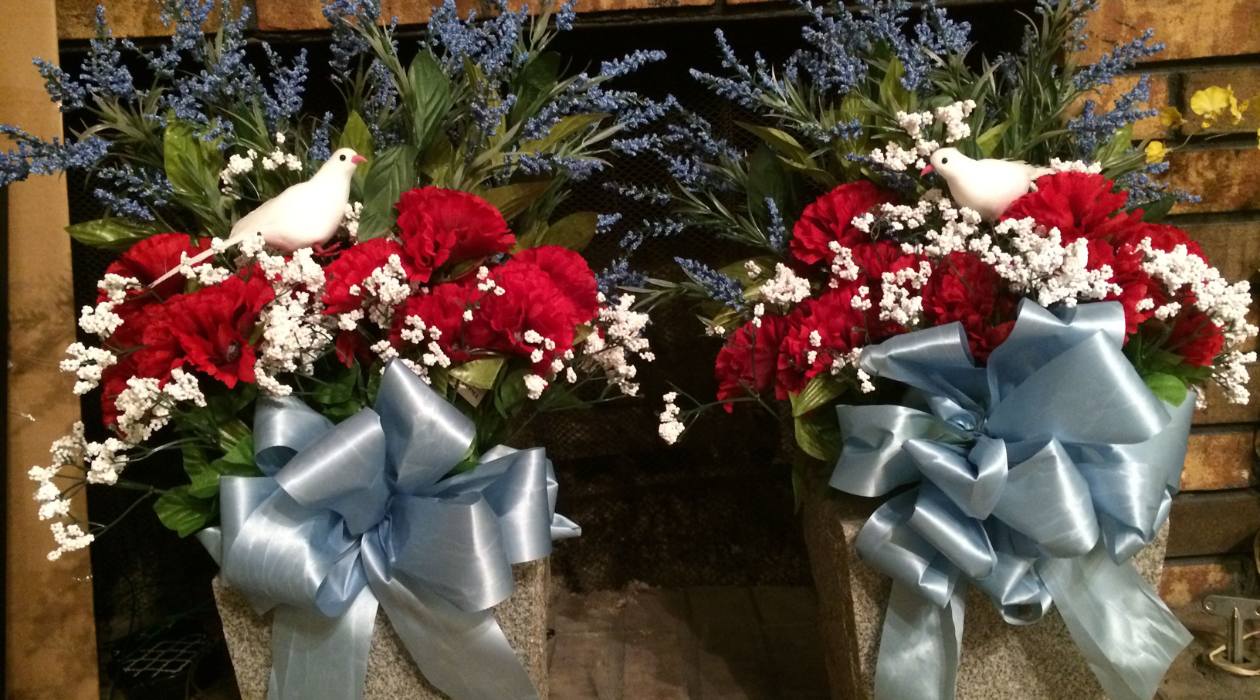
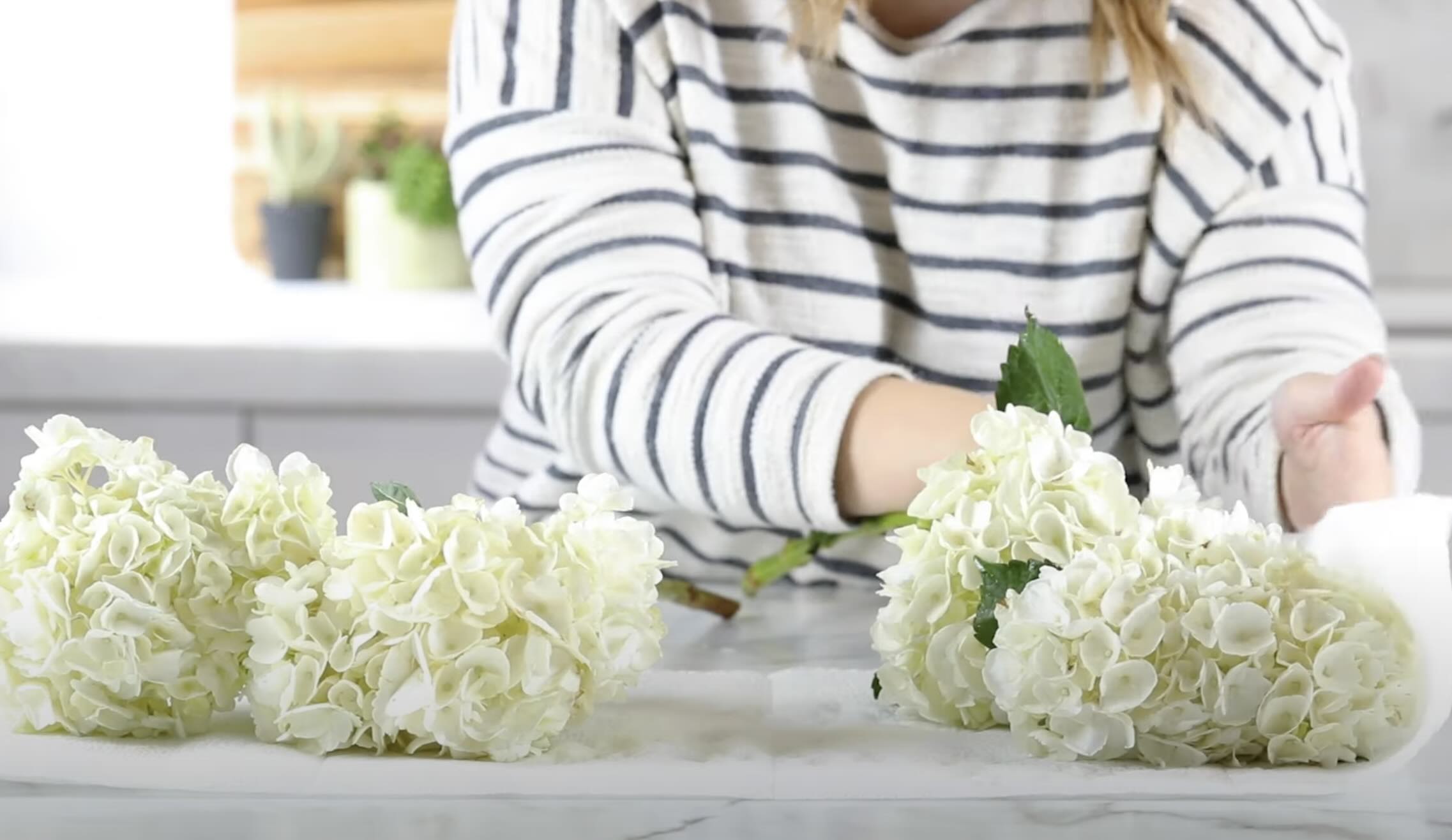
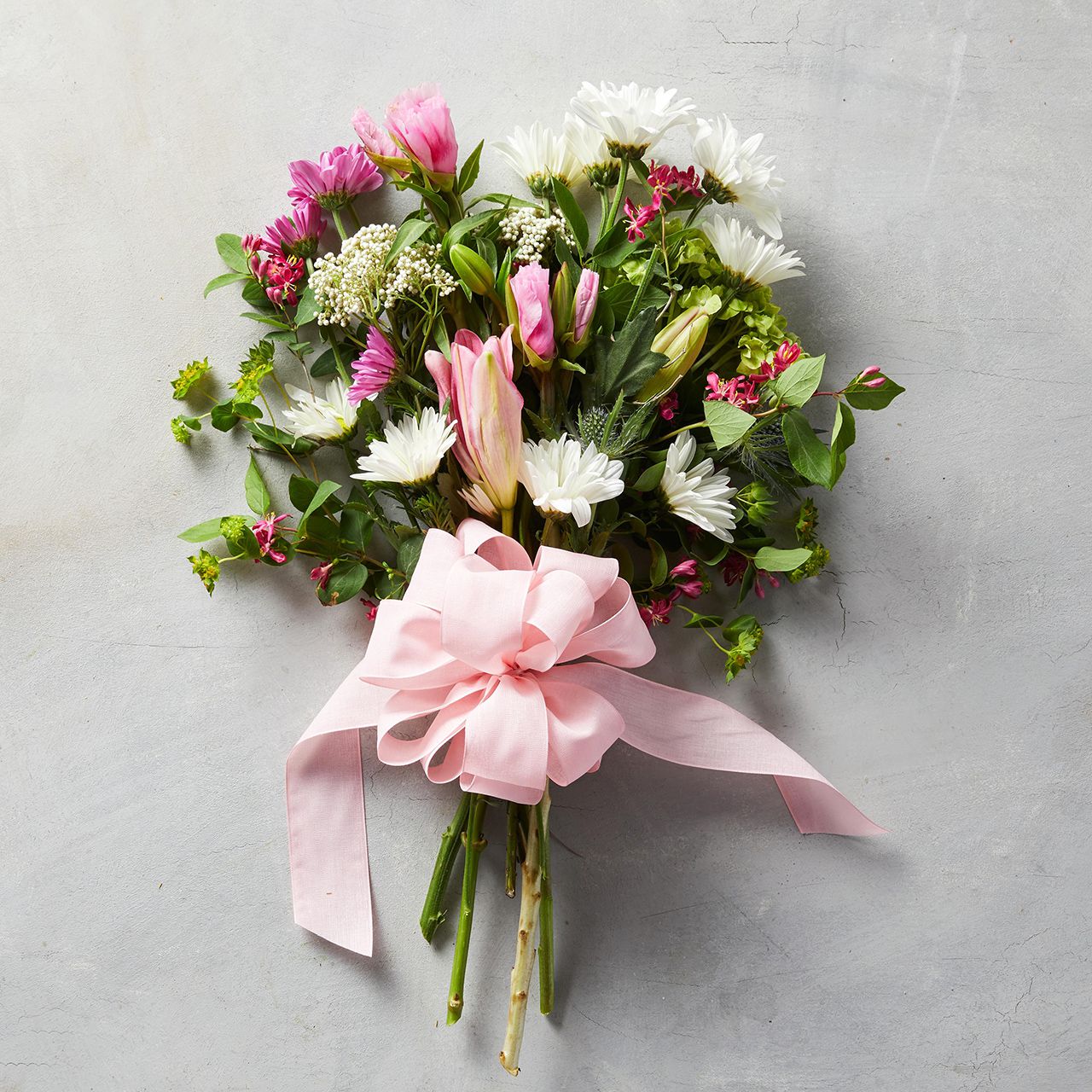

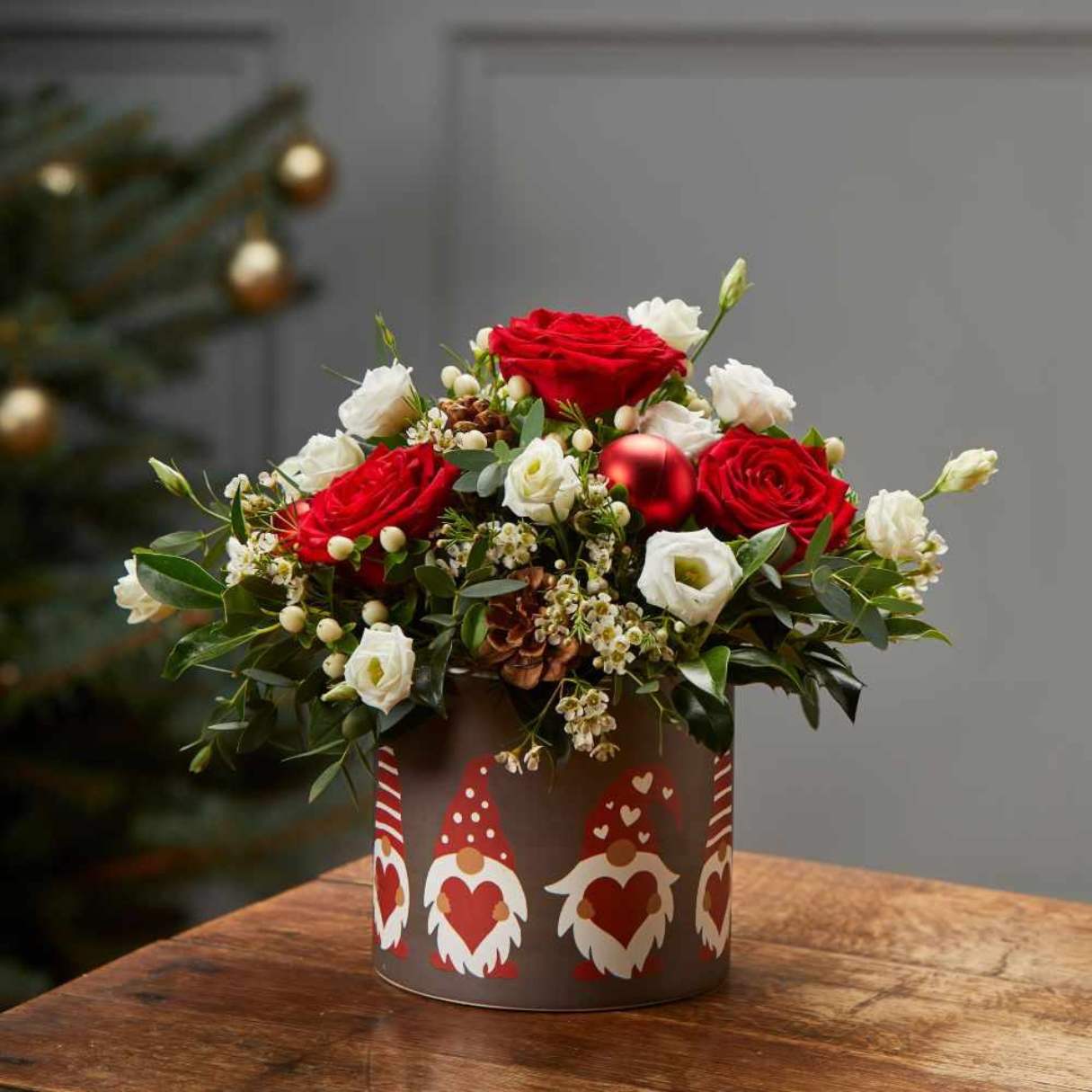
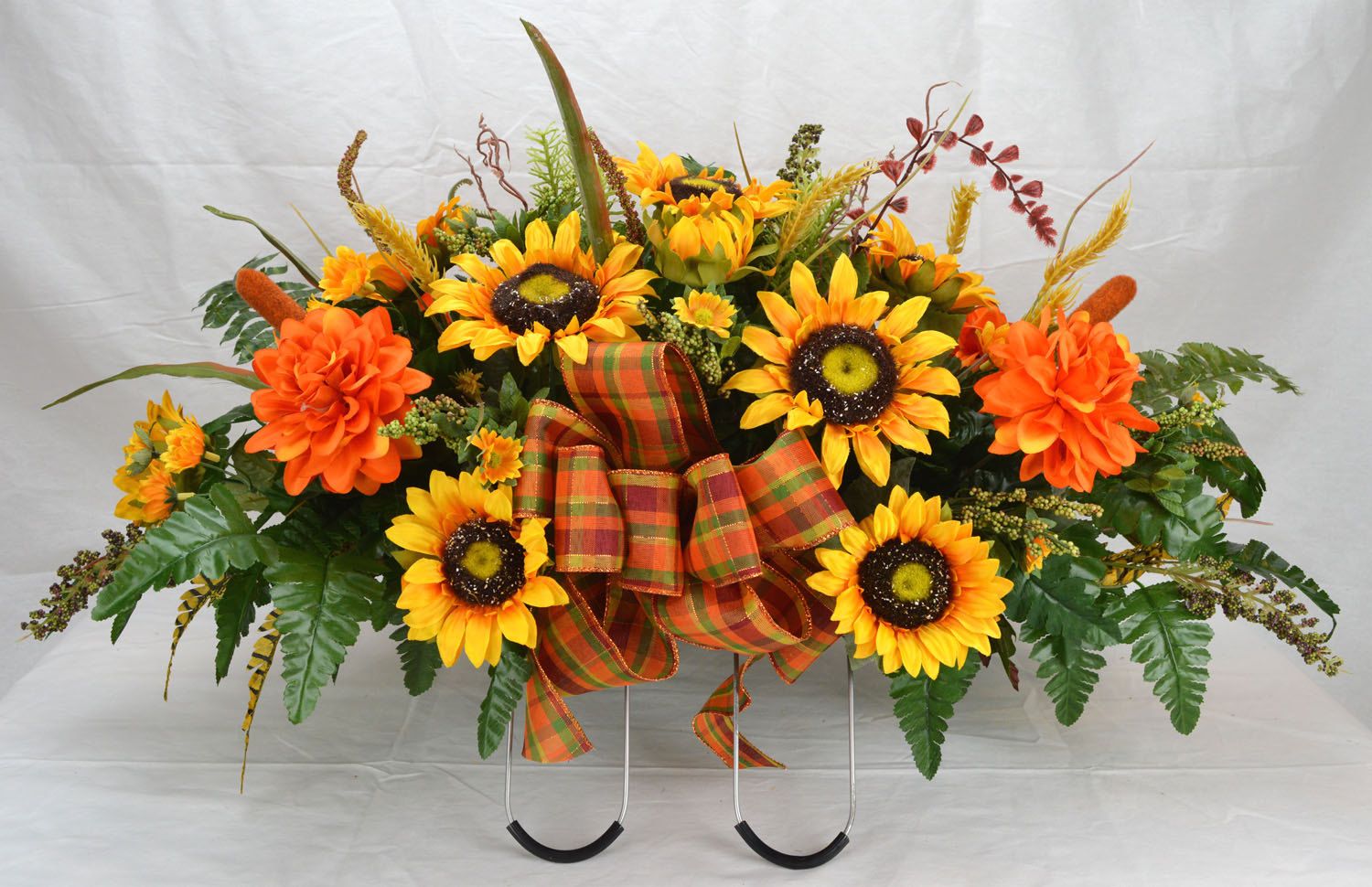
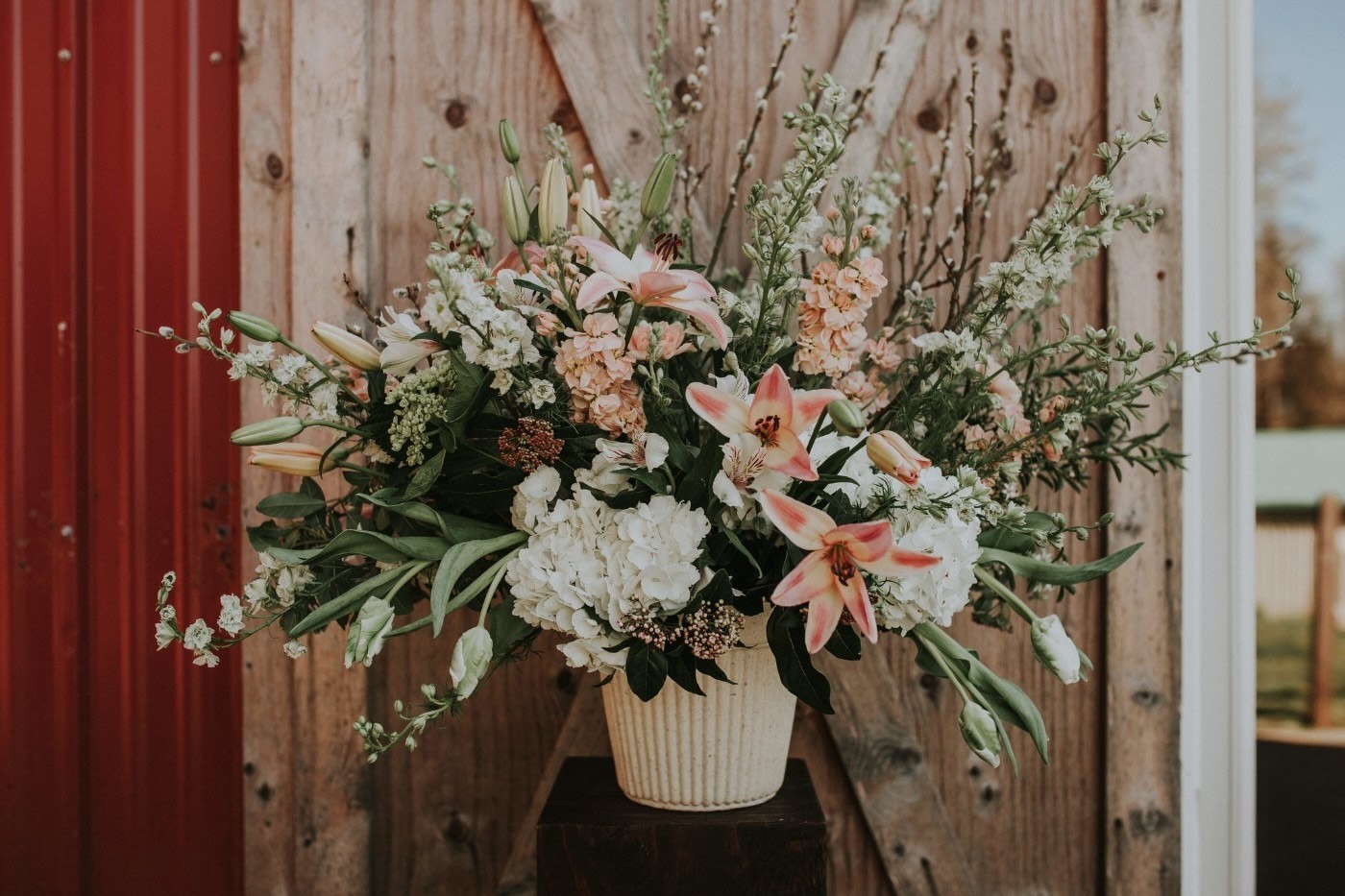

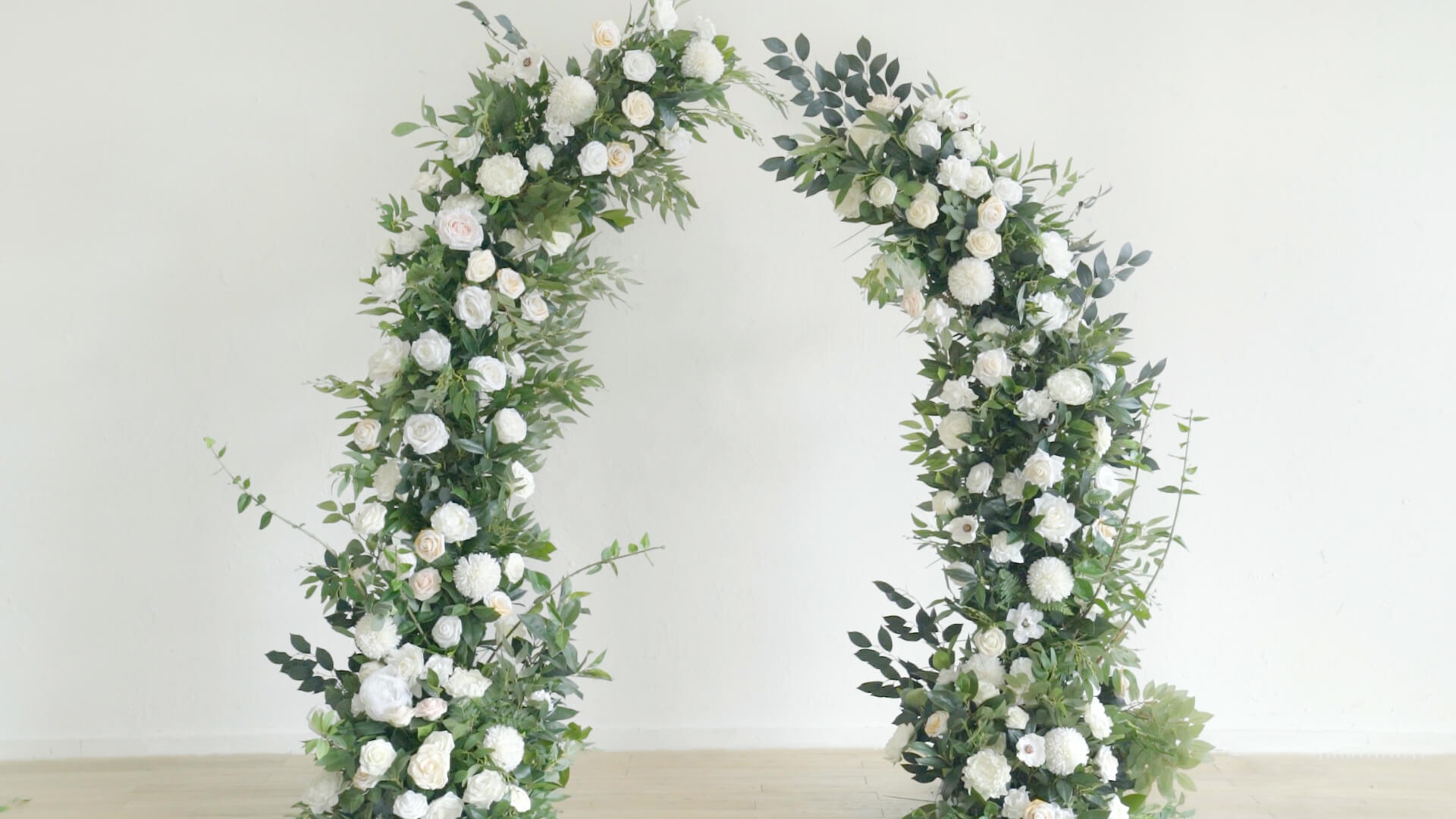
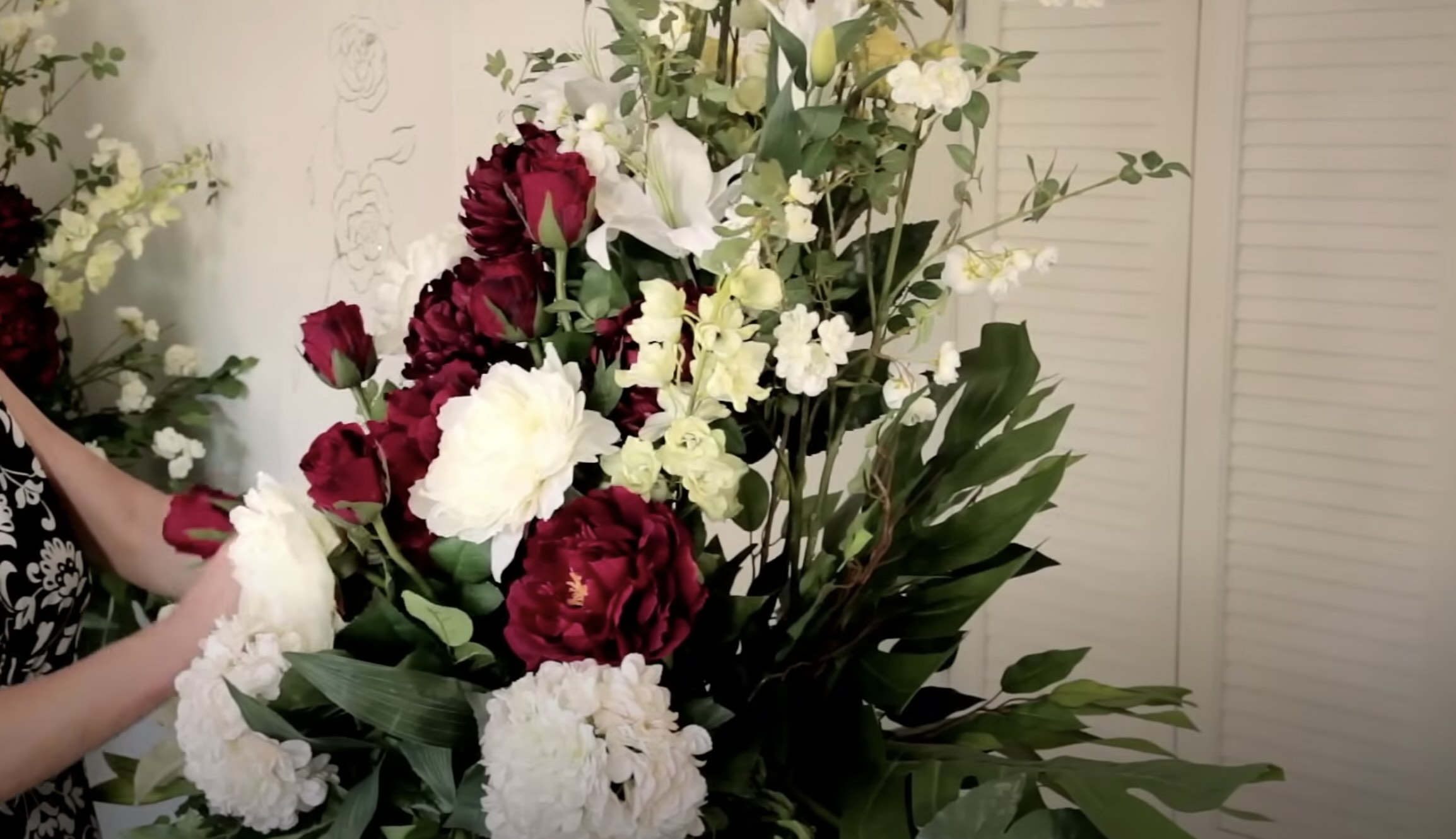
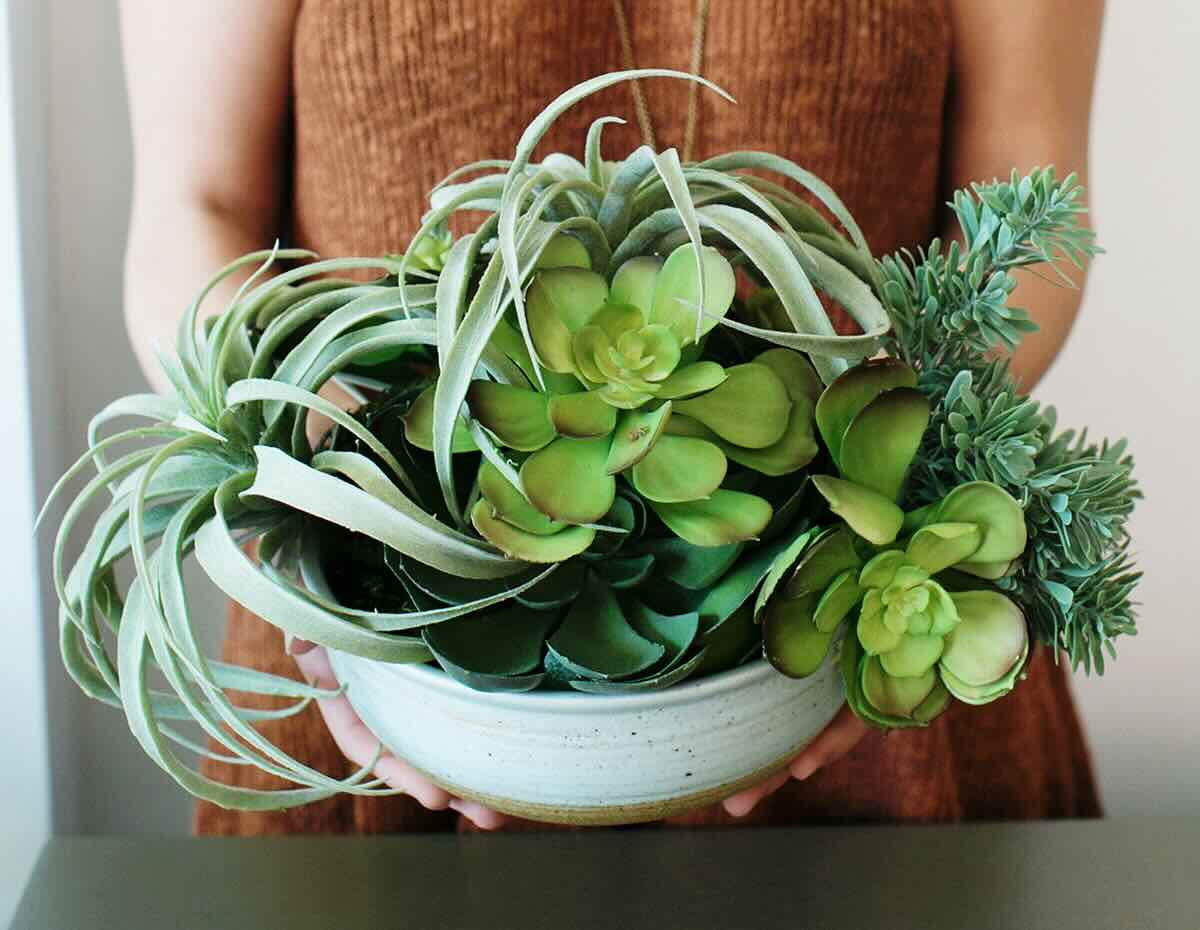
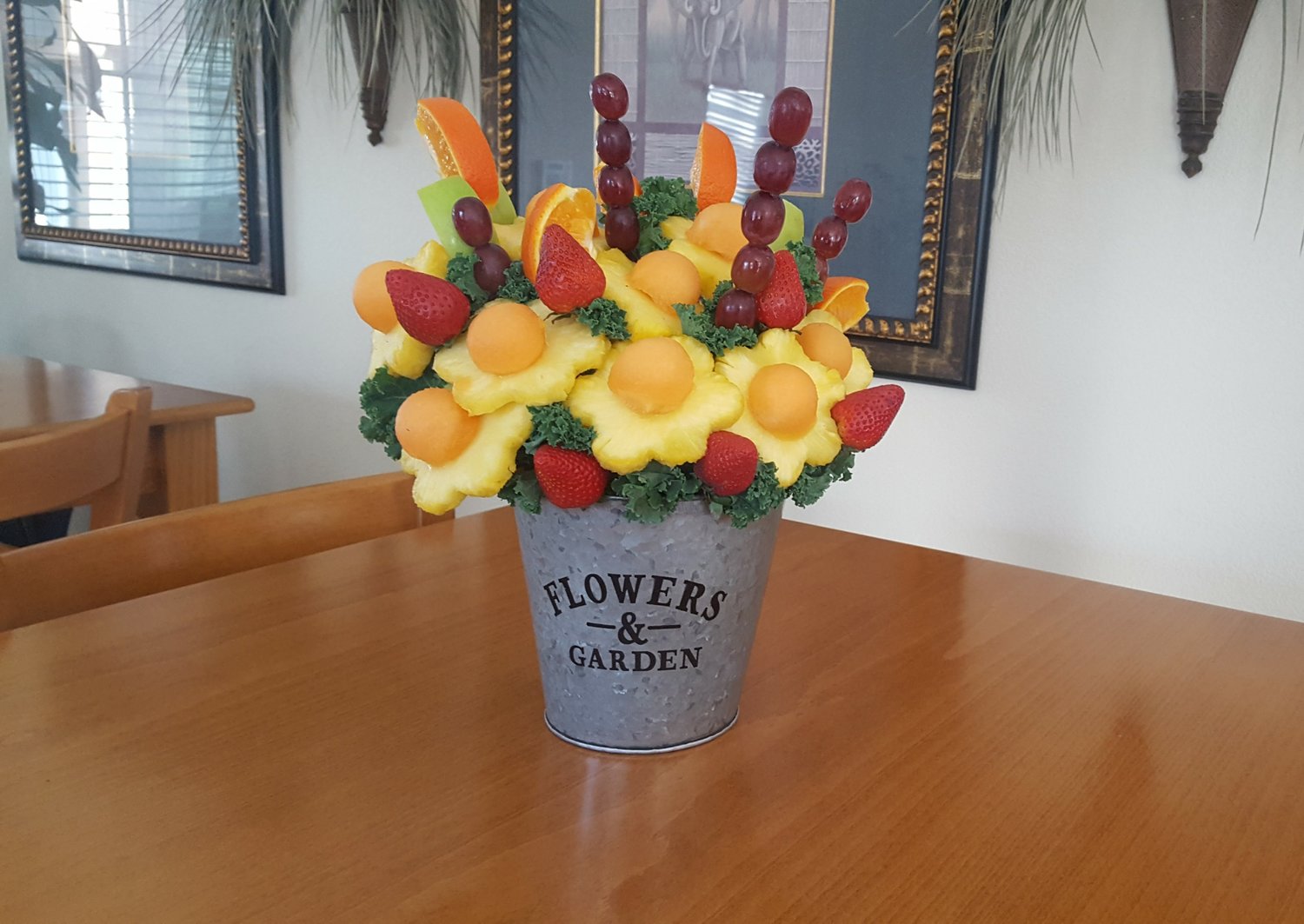
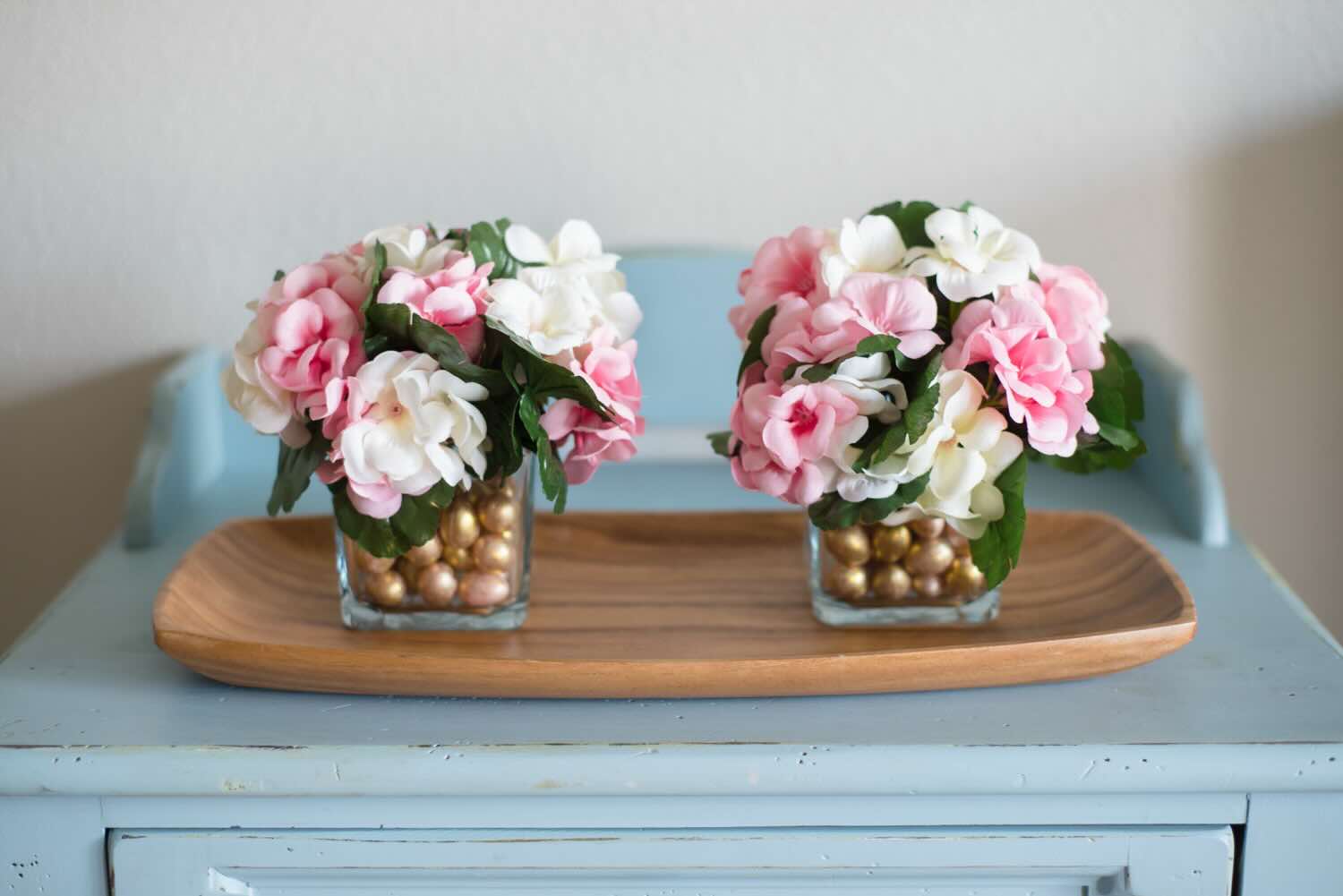

0 thoughts on “How To Make Valentine’s Day Floral Arrangements”